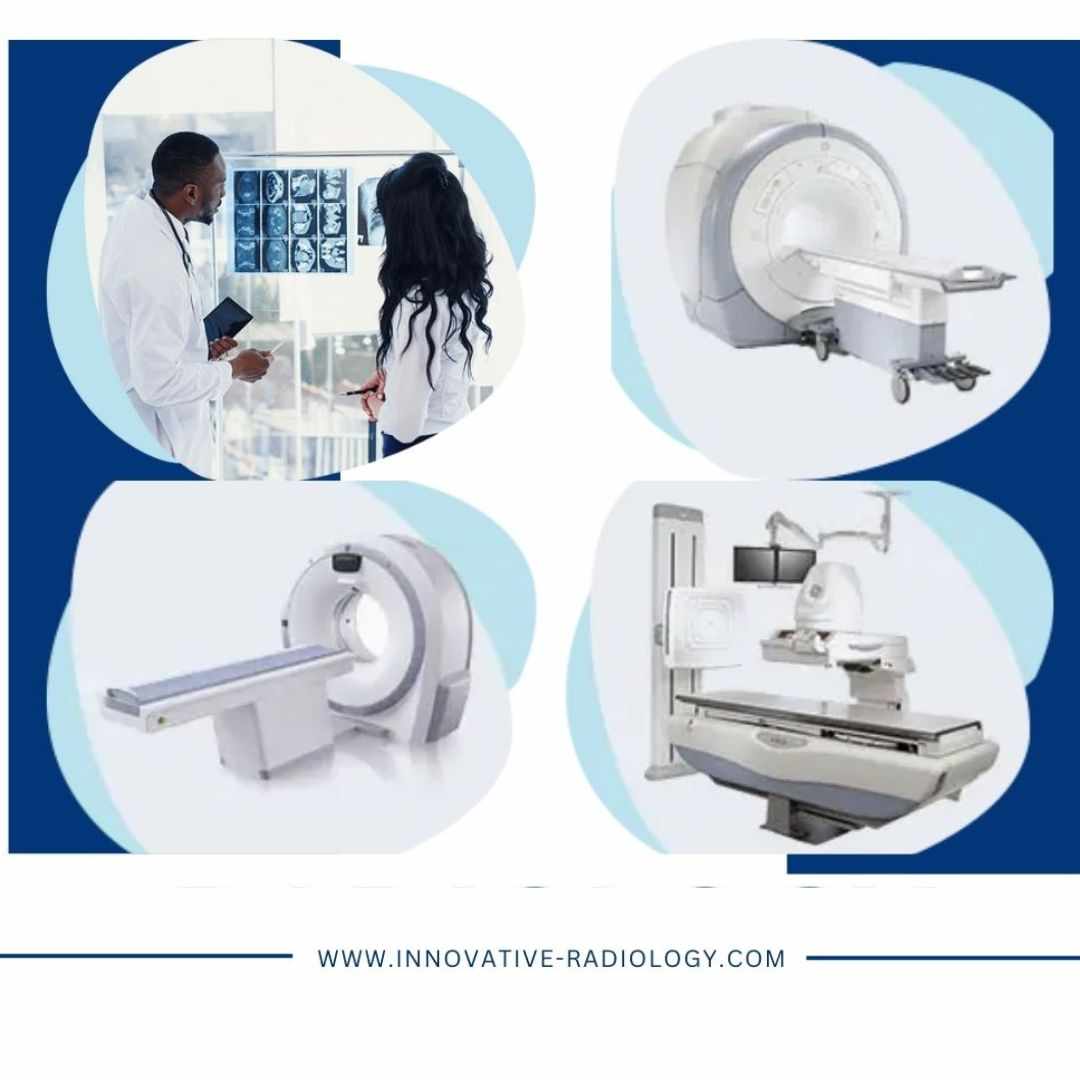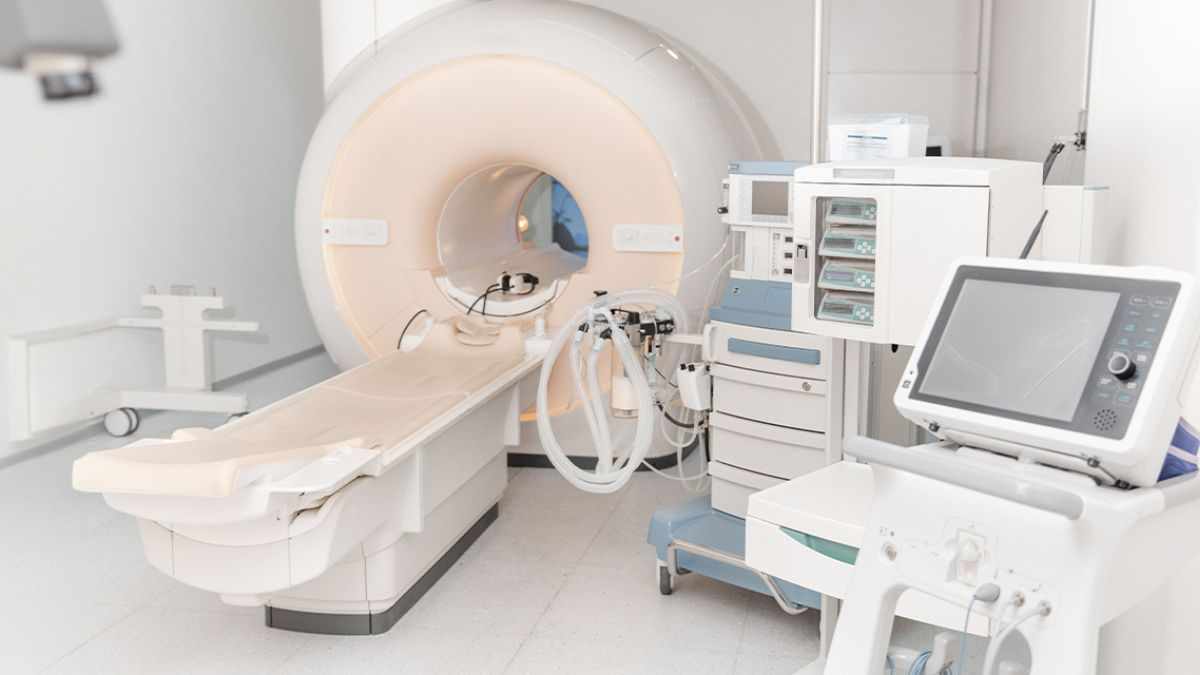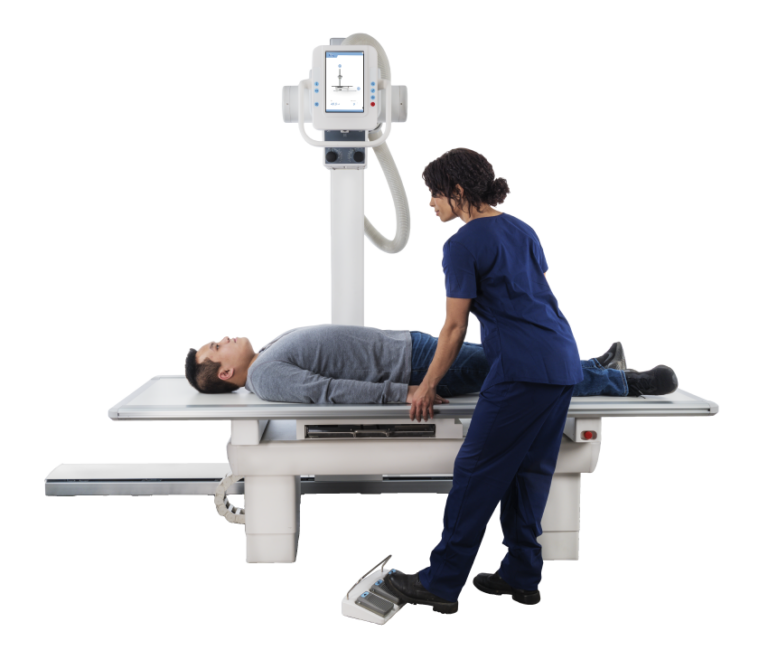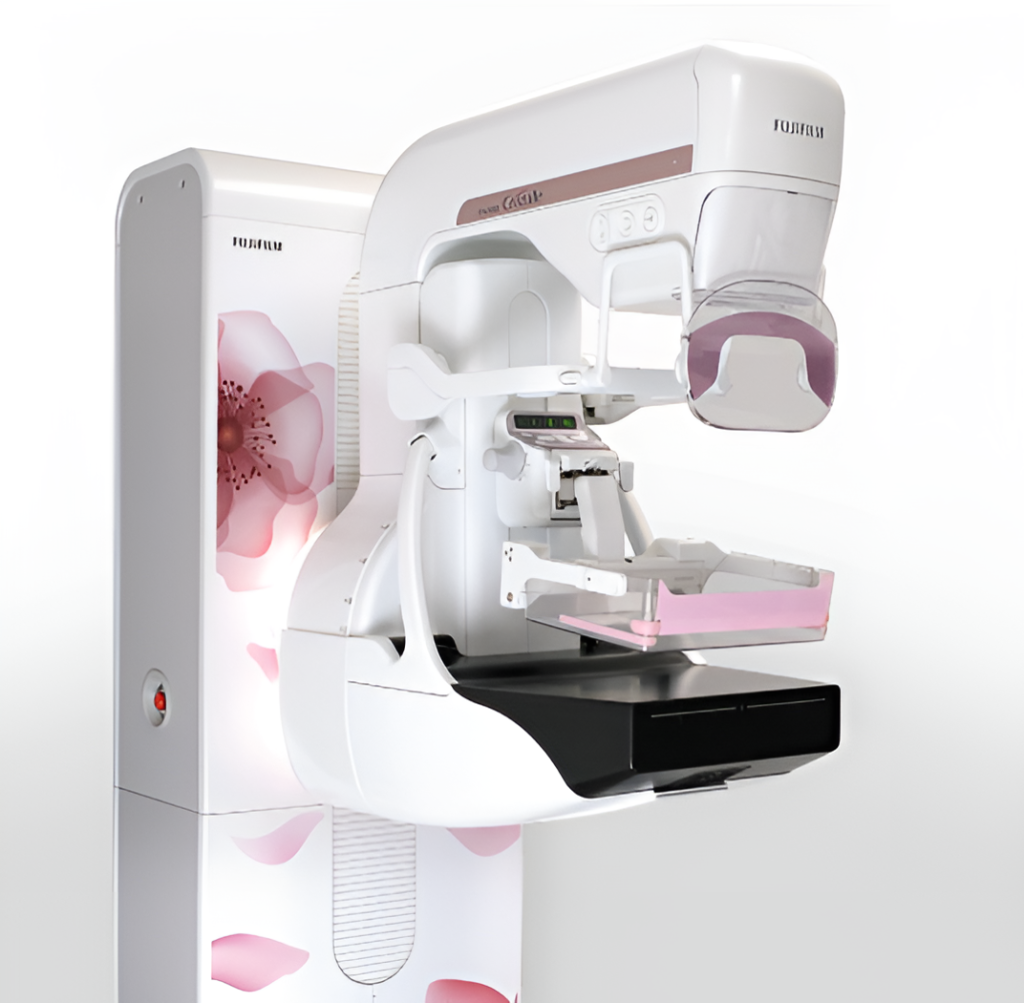Radiology has come a long way from traditional 2D X-rays, and the evolution of radiology imaging equipment is now transforming patient care with 3D and 4D imaging technologies. These advanced imaging modalities are providing clinicians with a clearer, more detailed view of internal structures, enabling more accurate diagnoses and better treatment planning.

1. Understanding 3D and 4D Imaging
3D imaging produces three-dimensional reconstructions of internal organs, bones, or tissues, offering unparalleled clarity and detail compared to conventional 2D scans. 4D imaging adds the dimension of time, allowing clinicians to observe movement in real-time, such as blood flow, fetal development, or joint motion. This dynamic view gives healthcare providers insights that were previously difficult or impossible to obtain.
2. Benefits of Advanced Imaging Technology
The integration of 3D and 4D capabilities in modern radiology imaging equipment provides several key advantages:
Enhanced Diagnostic Accuracy: The detailed visualization allows early detection of abnormalities, from tumors to vascular issues.
Improved Treatment Planning: Surgeons and physicians can plan complex procedures with higher precision using detailed 3D or 4D models.
Patient Engagement: Patients can better understand their conditions when presented with realistic 3D or 4D images, improving communication and compliance.
Reduced Need for Repeat Scans: Accurate initial imaging reduces the likelihood of additional scans, saving time and minimizing radiation exposure.
3. Technological Advancements Driving the Future
The next decade promises even more revolutionary advancements in radiology imaging equipment. Artificial intelligence (AI) and machine learning algorithms are being integrated to enhance image reconstruction, automate measurements, and detect anomalies with remarkable accuracy. Portable and compact 3D/4D imaging systems are also making these technologies more accessible to small clinics and remote healthcare facilities.
Furthermore, cloud-based storage and sharing enable seamless collaboration between specialists and multi-location hospitals, accelerating diagnosis and treatment decisions. As technology continues to evolve, 3D and 4D imaging will become faster, more efficient, and even more patient-friendly.
4. Impact on Patient Care
The future of radiology is patient-centered. Advanced radiology imaging equipment with 3D and 4D capabilities improves patient outcomes by providing earlier and more accurate diagnoses, facilitating personalized treatment plans, and enhancing the overall care experience. From oncology to cardiology and obstetrics, these technologies are setting a new standard for modern medicine.
3D and 4D imaging represent the next frontier in radiology imaging equipment, offering unparalleled diagnostic clarity, dynamic visualization, and improved patient care. As healthcare continues to embrace these innovations, facilities equipped with cutting-edge imaging technology will be better positioned to deliver precise and efficient care. Visit Innovative Radiology today to explore the latest 3D and 4D imaging solutions for your facility.








Write a comment ...